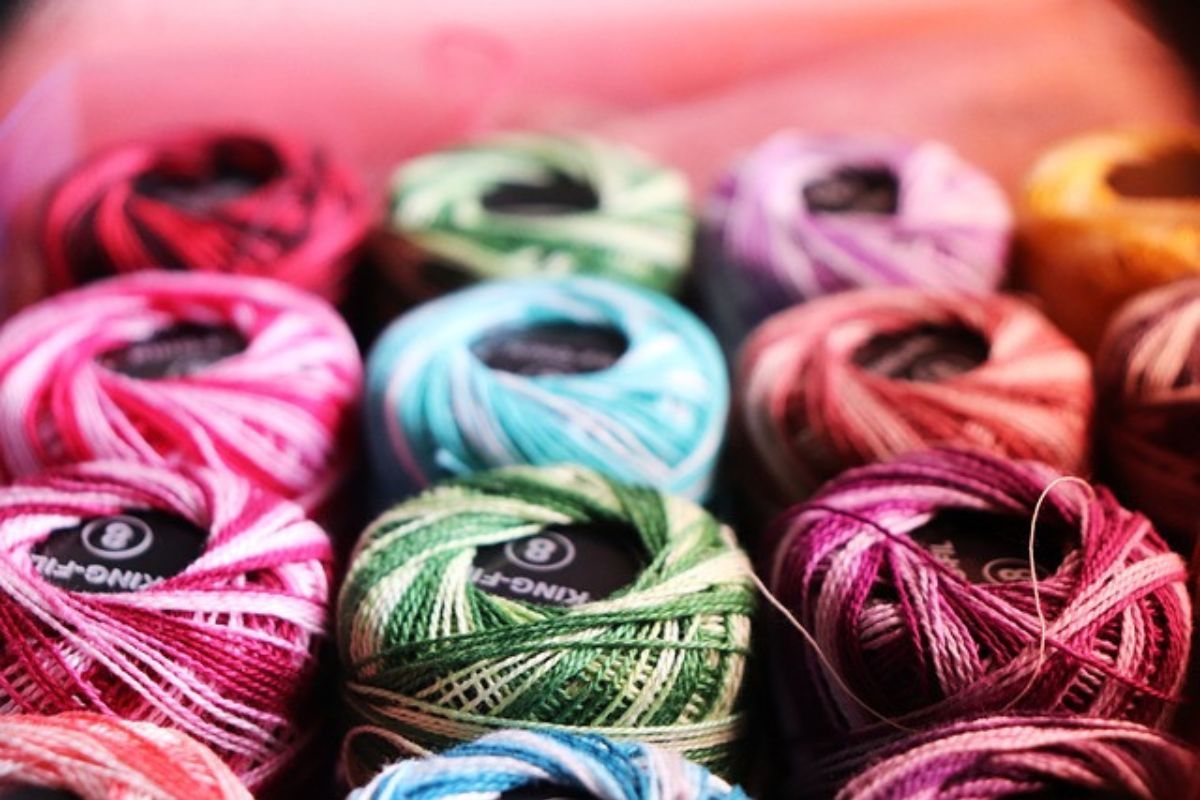What is acrylic?
Acrylic is a synthetic chemical fiber, derived from acrylonitrile, a petroleum derivative. Acrylic is usually used in paint, but has managed to make its way into the textile sector. The feel of acrylic is similar to that of wool. It's very comfortable and wrinkle-free. However, it pills quite easily. It's often blended with wool to create a soft, easy-care, less expensive garment. This is generally the material used to make faux fur.
Which countries produce and export acrylic?
The top acrylic textile fiber-producing countries are China, followed by Taiwan and South Korea, then India.
What are the stages in the manufacture of acrylic?
The processing steps for acrylic fiber begin with the production of acrylic polymer from acrylonitrile, which is a chemical compound derived from propylene. Acrylonitrile is polymerized to form acrylic polymer in granular or powder form. Next, the acrylic polymer is melted and extruded through special dies to form continuous filaments or staple fibers, depending on the type of fiber required. The third stage is drawing, where the filaments are mechanically stretched to increase their length and strength. This also improves certain fiber properties. The filaments are then cooled, spooled, dyed or colored, and woven or knitted to form the finished product.

Is acrylic compatible with ethical and responsible fashion?
Advantages of acrylic
- Acrylic fiber is very light, making garments soft and silky. And can be worn in all seasons.
- It's thermoplastic, which means garments dry fast, wrinkle-free and don't need ironing. The price is advantageous compared to acrylic.
- The price is advantageous compared to wool, which has a fairly similar finish.
Disadvantages of acrylic
- Acrylic is an energy-intensive material (30% more than polyester) and derived from fossil fuels, which raises a number of environmental issues.
- Clothes made from acrylic tend to pilling and are not very strong.
- Acrylic is a non-breathable material, which retains odors, so people part with it more quickly.
- When washed, and especially when machine-washed, like all synthetic materials, acrylic generates microplastics that are discharged into the oceans and disrupt ecosystems.
- Acrylic is made from acrylonitrile, a molecule classified as a mutagenic agent, i.e. one that acts on DNA and can cause allergies, irritation or cancer.
- It is also a material that is difficult to recycle, making it difficult to integrate into a circular economy logic.
- What's more, when an acrylic garment is thrown away and burned, its combustion releases CO2 and hydrogen cyanide (HCN), a gas that is extremely hazardous to humans.
Good practices
- Prefer unmixed, natural fabrics.
- Use a wash bag to avoid the diffusion of microplastics during washing.
- Buy clothes from our Eco x Ception selection for women or for men
< />
- Buy second-hand clothing to reduce your carbon footprint.
How to care for acrylic?
Acrylic garments are fairly easy to care for. For washing, opt for a delicate program, 40 degrees maximum and a mild detergent. The wash bag can help you avoid the spread of microplastics and the appearance of pilling. It's best not to use the tumble-dryer at too high a temperature, as this could damage the textile fibers. Acrylic is a crease-resistant material, but if you want to iron your garments, set the iron to a low temperature. If in doubt, check the label on your garment.
Find our Eco x Ception selection for women
Find our Eco x Ception selection for men





